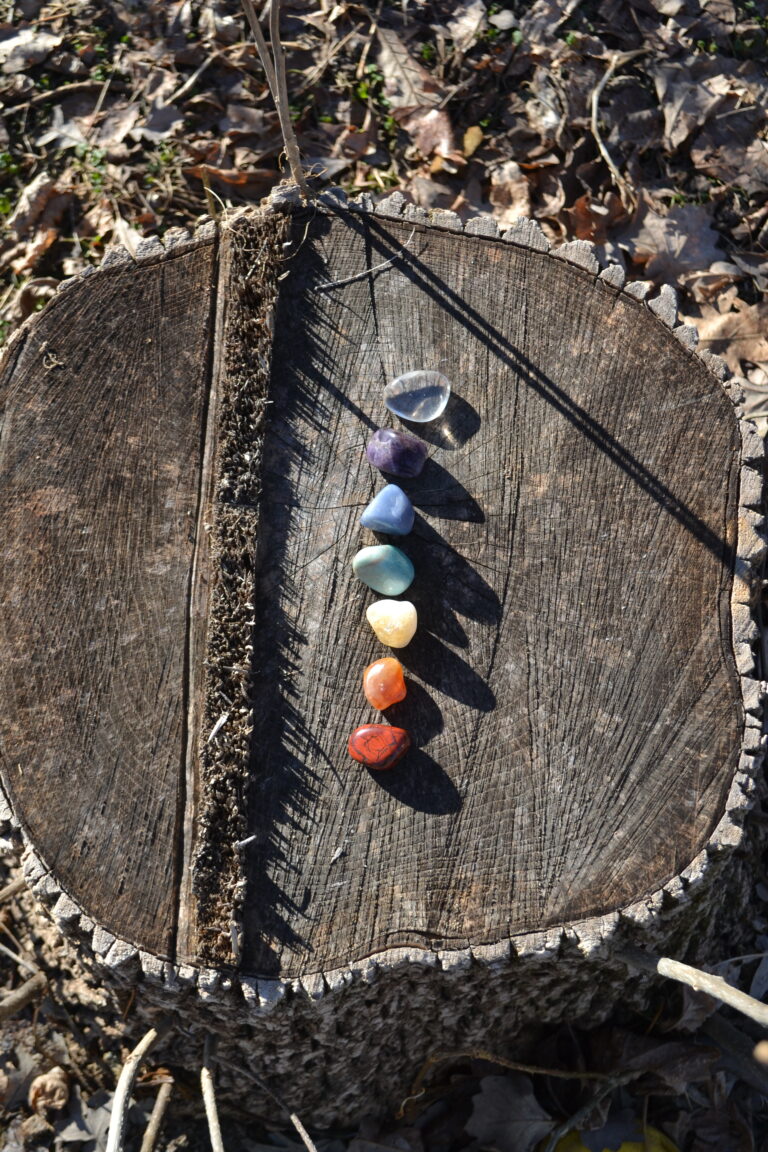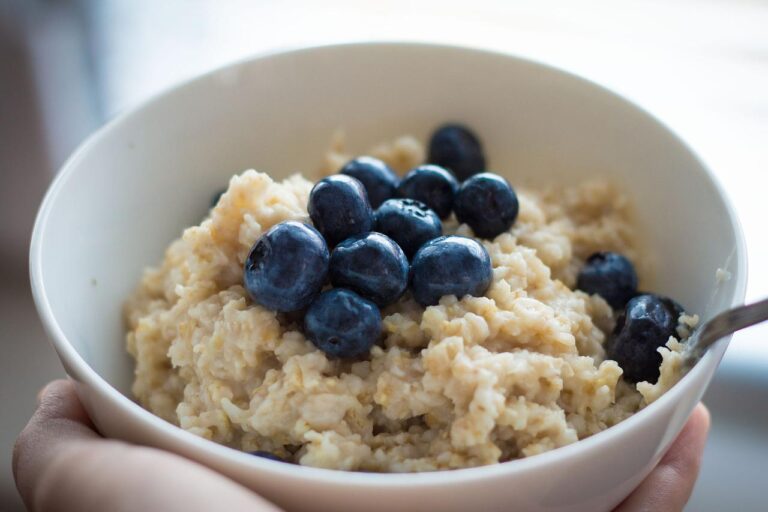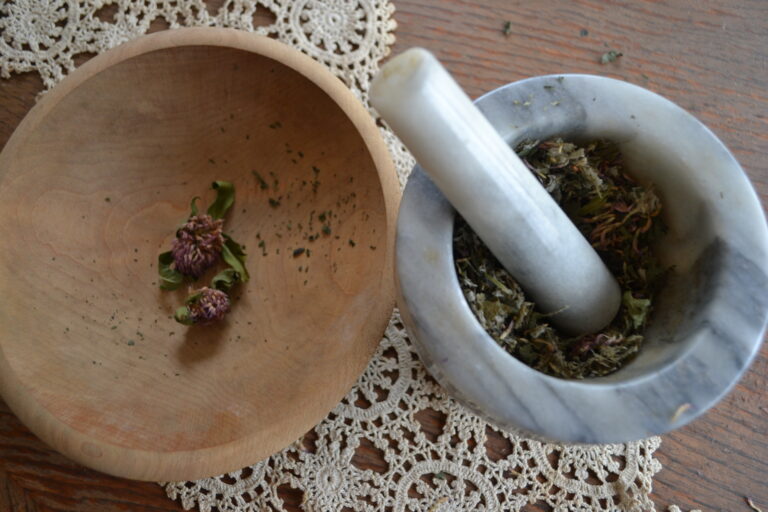5 Wonderful Ways to Enjoy Goldenrod
Goldenrod is an often overlooked plant. Sometimes it is even blamed for the scourge of fall (and spring) seasonal allergies. But goldenrod is actually bee pollinated meaning that its pollen is not airborne. Please be mindful when harvesting goldenrod to look for sleepy bees! This post is all about singing the praises of goldenrod with five ways to enjoy the wonderful symbol of fall.
- 1. Tea
- 2. Honey
- 3. Oil
- 4. Flower Essence
- 5. Aromatherapy (it smells amazing!)
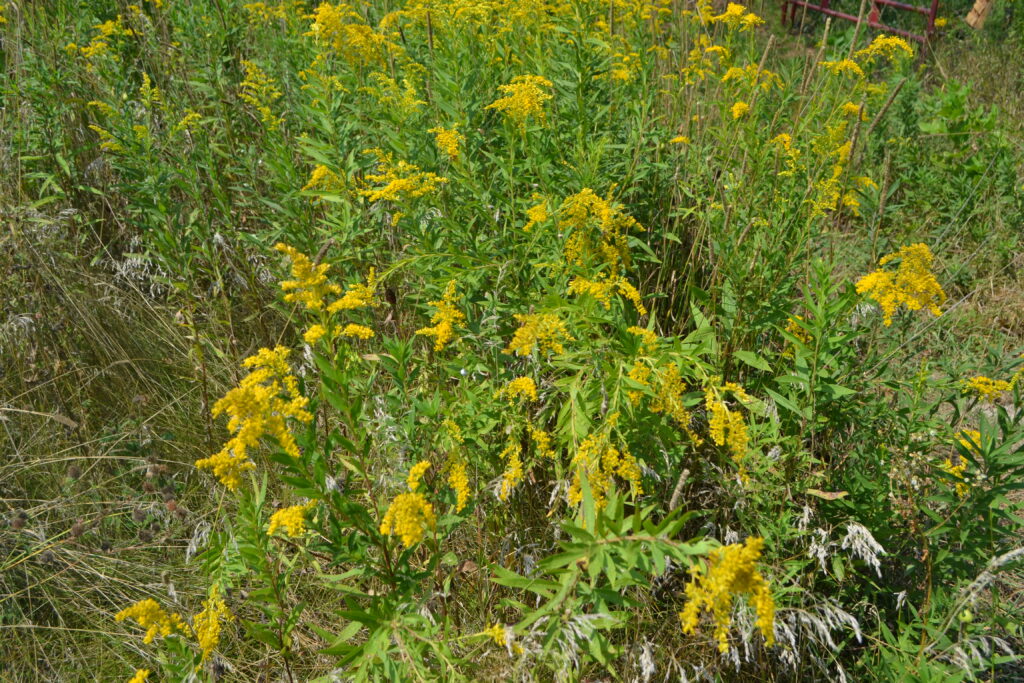
A Little More about Goldenrod
Common Name:
Goldenrod
Latin Name:
Solidago spp.
Euthamia spp.
Family:
Asteraceae
Growing Conditions: This plant is native throughout the majority of the northern hemisphere. It flowers throughout the summer but where I live it is at full bloom in the fall and is often one of the last late pops of color. The plant is considered a wild flower and grows in disturbed soil or what is commonly referred to as “waste places.” It actually appears to grow best without human intervention. One of my herbalism teachers Gigi Stafne said of the plant
From an eco-biological perspective Goldenrod often grows in fields that were once pastured, having been left fallow. Goldenrod is one of the plants that grows avidly to help the land recover. In an energetic sense, the Goldenrod helps the land determine what it wants to become next. This plant is a helpful one with land succession.
–Gigi Stafne
Parts of Plants Used:
Flowers and leaves
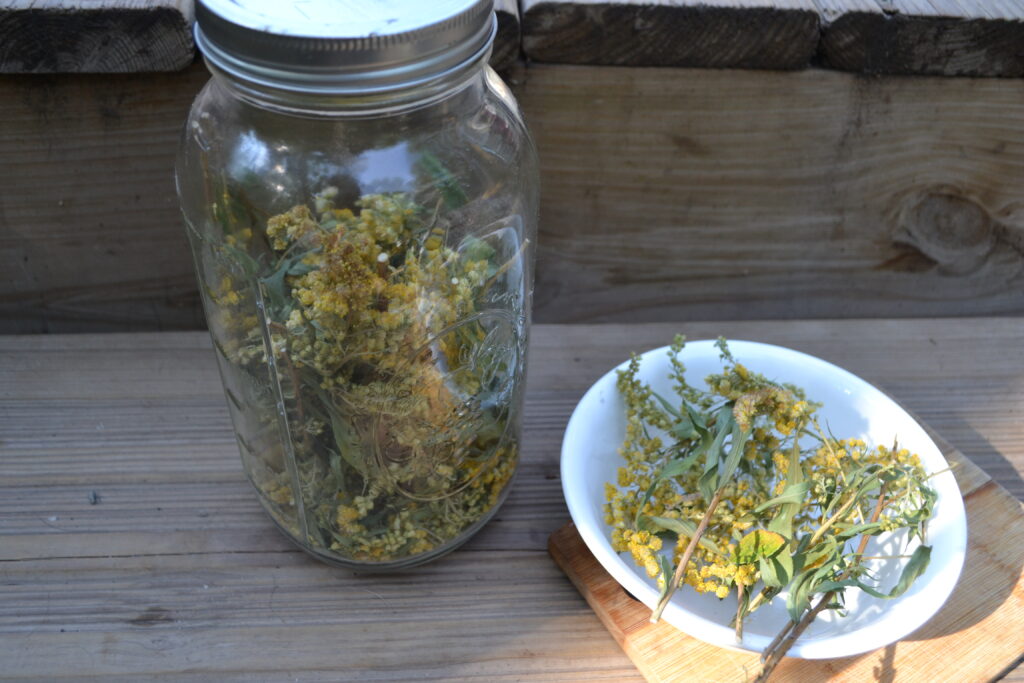
Historical Persceptive
Maria Treban was a well respected European herbalist from the early part of the 20th century. She said of goldenrod
Golden Rod proves its worth as a medicinal plant which influences the human emotions most favourably. It should therefore be drunk without delay in cases of disappointments and emotional stress. We feel the soothing effect of this plant almost like a calming and caressing hand in severe emotional stress. Even the sight of the gold Rod in nature has a quieting effect on us. We should be thankful that there grows a plant around us which can bring us such comfort.
–Maria Treban
Tea
Tea is the most traditional way to enjoy herbs, other than simple eating them. Tea encourages us to slow down and really savor the herb. Many cultures have elaborate tea ceremonies (though these often do not include herbal teas). Finnish herbalist Henriette Kress says that this is still the preferred way to take herbs in her practice.
Teas can be taken as a single herb or combined to create a custom blend. Kiva Rose Hardin recommends a blend of goldenrod, ginger and rose. You can also combine with chamomile.
To create a tea use 1 tsp-1Tbsp dried plant material per cup of just off boil water. Steep for 20 minutes. Cover with a plate during the process to retain the essential oils.
Oil
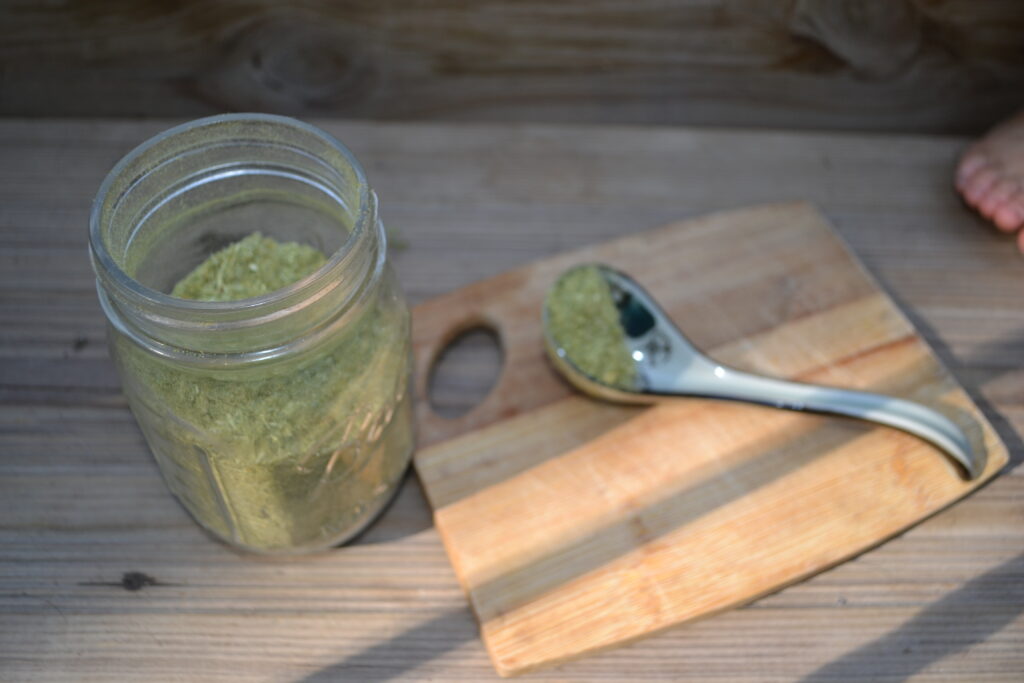
I was first introduced to goldenrod infused oil through Kiva Rose Hardin. She says of the oil
The oil or liniment makes a fabulous and very effective topical treatment for any sort of hurt, strained or damaged muscles. It works better than Arnica in many cases for this specific application and I always keep it on hand and include it in my pain liniments. I have even used it externally in many cases of severe uterine or ovarian cramping and it works very well, especially when the pain and cramping is exacerbated by cold and exhaustion and feels better with pressure and warmth.
Kiva Rose Hardin
To learn more about create your own herbal preparations including an infused oil check out my Herbs for Health: A Beginner’s Guide.
Honey

What more tasty way to take an herb? Added to tea (any kind) it can help sooth a drippy nose or other allergy symptoms. Another option would be to combine it is a seed or nut butter and oatmeal to create a herb infused, power packed protein bomb.
Flower Essences
Flower Essences are energetic remedies that work with the bodies subtle energetic patterns. The Flower Essence Repertory says
Positive attributes–“strong and secure sense of individuality, balanced with group or social consciousness”
Negative attributes–“overly influenced by group or cultural ties; inability to be true to oneself, easily susceptible to peer peer pressure or external social demands.“
Our earliest sense of Self unfolds within the context of others–parents, extended family and community. Gradually, through a healthy maturation process, the soul acquires a clear sense of its individuality. Some souls need to establish their own inner values and beliefs, otherwise their inherent weakness is easily exploited. They tend to be adversely influenced by social pressures and conventions, conforming their behavior to social norms in order to win approval and acceptance. In some situations, such souls will also display antisocial or obnoxious behavior as an extreme measure to acquire a self-image–this is especially true during adolescence. Goldenrod essence helps such a person find the Higher Self. It encourages a vertical or individuated axis to counterbalance the overly broad, horizontal social axis, which influence the personality too strongly. In this way the soul acquires greater strength and inner conviction, learning to successfully balance to polarities of Self or Other.”
Patricia Kaminski
Aromatherapy
I use the term aromatherapy a little loosely. While there is an essential oil of Soldago (Goldenrod) I actually really love the smell of the flowers. I had not noticed how subtly delightful and airy the scent is until working with the plant. The scent alone was one of the things that contributed to goldenrod becoming one of my top 10 plants. The positive thing about using the flowers is that you also get to enjoy the delightful color.
Whenever we are working with plants, while it completely acceptable to harvest some for use, it is also an amazing experience to just sit and enjoy the flowers in their natural setting. Don’t forget to smell them!
Physical Correspondences
The bright yellow color indicates that is has a great affinity for the urinary tract. In this case it is particularly associated with the kidneys. It is a warm and dry remedy and is often associated with stagnation or torpor tissue state and gets things moving and flowing healthfully. Here is a brief list of uses and correspondences
- digestive bitter
- alterative
- stimulant and relaxant nervine
- diaphoretic
- astringent
- digestive aromatic (and carminative), diuretic
- vulnerary
- anti-inflammatory
- bacteria-balancing (often termed anti-infective)
- SAD
- allergies, particularly cat.
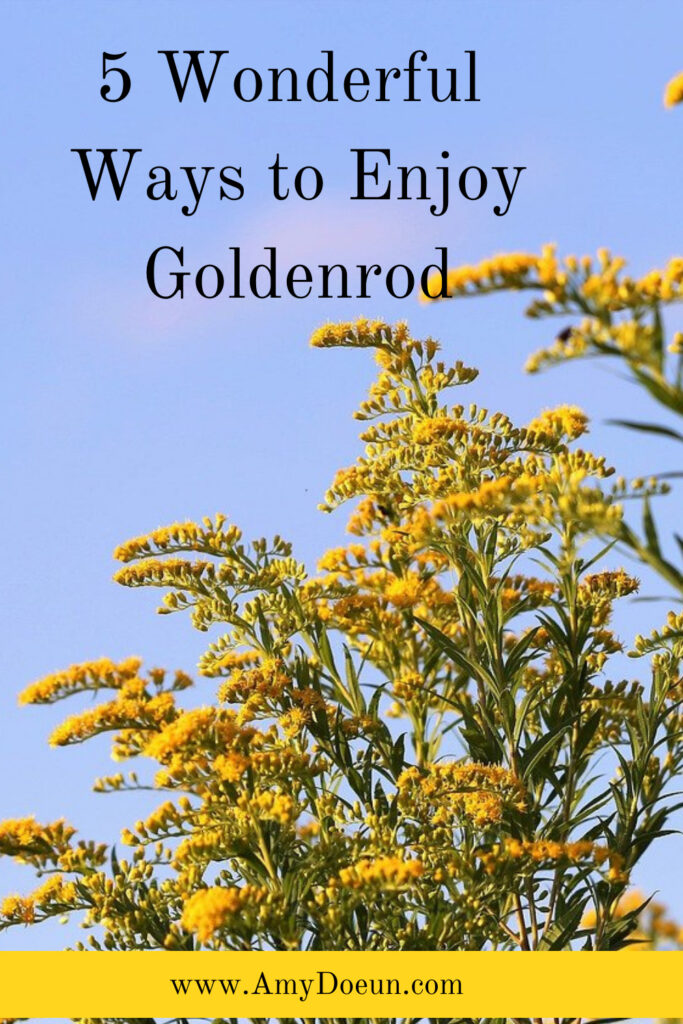
To learn more about create your own herbal preparations including an infused oil check out my Introduction to the Herb Closet.

